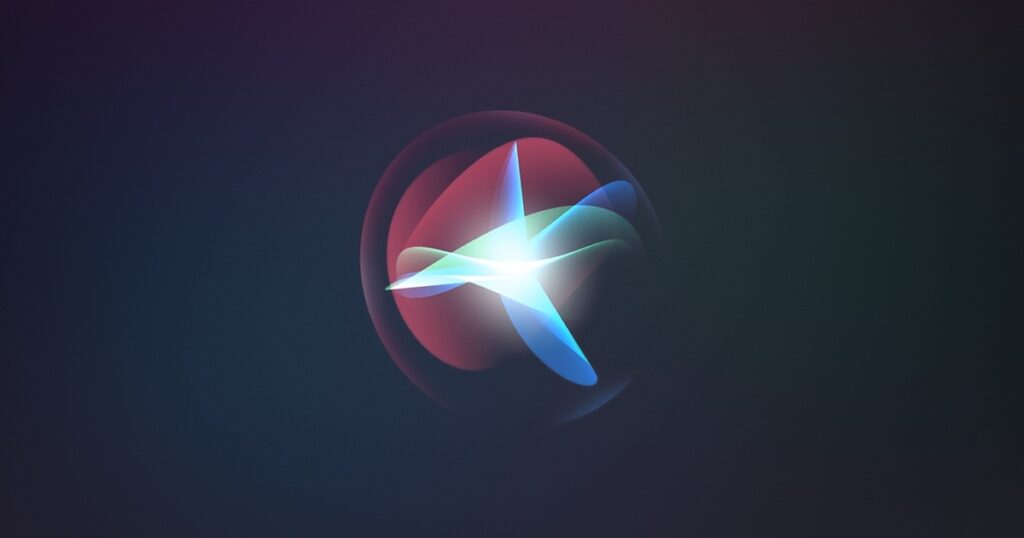Apple GPT: What We Know About Apple’s Work on Generative AI

With the explosive popularity of generative AI tools like ChatGPT, there have been rumors that Apple is working on its own AI product, and that some kind of “Apple GPT” artificial intelligence bot could launch in the future.
This guide highlights everything we know about Apple’s experiments with AI, and it will be updated regularly as new rumors come out.
Internal Testing and Development
Apple’s AI chief John Giannandrea is leading development on large language models within Apple, and Giannandrea reports directly to Apple CEO Tim Cook. Giannandrea established a team that works on conversational AI four years ago, and work has since ramped up.
For the last several months, Apple has been testing an “Apple GPT” rival that could compete with ChatGPT. According to Bloomberg‘s Mark Gurman, work on AI is a priority for Apple, with the company designing an “Ajax” framework for large language models.
Apple has an internal chatbot that some engineers have been referring to as “Apple GPT,” but Apple would not, of course, ever use that naming for a consumer product. Apple employees need special permission to use the chatbot, and its output cannot be used to develop new product features for customers. It is used for product prototyping and it is able to answer questions about the data that was used to train it.
Ajax is said to be more capable than the prior-generation ChatGPT 3.5, and it has been trained on more than 200 billion parameters. As of September 2023, OpenAI’s newer models are allegedly more powerful than Ajax.
Apple reportedly does not have a “clear strategy” for how it will create a generative AI product for consumers. Apple is experimenting with Siri enhancements, software that generates videos and images, and multimodal AI technology that works with images, videos, and text.
Apple is said to be spending millions of dollars a day on conversational AI research as training language models requires a lot of hardware.
AI for Siri
Apple’s work on generative AI could eventually be incorporated into its Siri voice assistant. Apple in February 2023 held an AI summit and briefed employees on its large language model work.
Because of the way Siri is built, it may take Apple quite a bit of time to update its database to support new capabilities. Former Siri engineer John Burkey told The New York Times that Siri’s “cumbersome design” means that adding new phrases requires rebuilding the Siri database, which can take up to six weeks each time, while more complicated features like search tools can take upwards of a year.
There are also privacy concerns that Apple needs to contend with to bring generative AI capabilities to Siri. Apple has always been more cautious than its competitors, putting privacy ahead of functionality, a decision that has caused Siri to lag behind Alexa, Google Assistant, and other voice-based personal assistant options.
The Information suggests that Apple is aiming to create a feature that would let Siri automate multi-step tasks, automatically performing tasks that are accomplished with Shortcuts today.
Third-Party AI Bans at Apple
Apple employees have been banned from using ChatGPT, GitHub Copilot, and other artificial intelligence tools. Apple is concerned that AI tools could leak confidential company data.
The U.S. government, healthcare institutions, and banks have also prevented employees from using ChatGPT because of similar fears. Tech companies like Verizon, Google, Samsung, and others have banned generative AI tools too.
AI Competition
Almost every major tech company has some kind of AI product in the works. In addition to OpenAI’s popular ChatGPT chatbot, Google, Microsoft, and Amazon have all adopted generative AI for various purposes.
Google – Google has developed Bard, a chat-based AI tool. Google has also integrated generative AI into its search products and apps, plus Bard can integrate with Google Flights, Maps, Drive, and more.
Microsoft – Microsoft has partnered with OpenAI for a version of ChatGPT that is integrated with its Bing search engine.
Amazon – Amazon is working to enhance its Alexa voice assistant with generative AI.
Meta – Meta is incorporating generative AI into several of its apps. WhatsApp and Messenger, for example, can use generative AI to make custom stickers, while there’s a Meta AI beta available for WhatsApp, Messenger, and Instagram.
Apple’s Current Use of AI and Machine Learning
Apple is already using artificial intelligence and machine learning for a long list of functions in its products. AI is used for almost everything, with a small sampling below.
Photos – Apple uses machine learning to enhance photos that are taken with the iPhone‘s camera. This includes everything from Deep Fusion for cutting down on noise in images to the new iPhone 15 Portrait Mode tools that let you enable portrait images after a photo has been taken.
Spotlight Search – Spotlight search and search throughout the iOS operating system is powered by AI.
Visual Lookup – The feature that lets the iPhone detect the content in photos is a machine learning feature.
Crash Detection and Fall Detection – Fall Detection and Crash Detection both use machine learning to determine whether someone has been in a crash or had a fall based on the information collected by the various sensors in Apple devices.
ECG – The ECG feature on the Apple Watch looks at heart rhythm data to determine whether someone is likely to be experiencing atrial fibrillation.
Autocorrect – Apple’s autocorrect system and word suggestion options are powered by machine learning.
Siri Suggestions – When your iPhone suggests something, such as sending someone a birthday message or adding an event in your Mail app to the Calendar, it’s using machine learning algorithms.
Apple’s devices have dedicated Neural Engines inside specifically for powering machine learning capabilities.
Tim Cook on AI
Back in May 2023, Apple CEO Tim Cook said that the potential of artificial intelligence is “very interesting,” but he said there are a “number of issues that need to be sorted” with the technology. He explained that it is “very important to be deliberate and thoughtful” when deciding how and when AI should be used.
Cook has also said that AI and machine learning are “core fundamental technologies integral to virtually every product” that Apple has created, and that AI work is “absolutely critical” to the company. Cook has confirmed that Apple has been experimenting with generative AI “for years.”
Potential Launch Date
Both The Information and analyst Jeff Pu claim that Apple will have some kind of generative AI feature available on the iPhone and iPad around late 2024, which is when iOS 18 will be coming out.
Pu said in October that Apple is building a few hundred AI servers in 2023, with more to come in 2024. Apple will reportedly offer a combination of cloud-based AI and AI with on-device processing.
Apple analyst Ming-Chi Kuo said in August that there is “no sign” of generative AI technology coming in 2024, and he claimed that Apple’s work on generative AI is “significantly behind its competitors.”
Guide Feedback
Have questions about Apple GPT or want to offer feedback on this guide? Send us an email here.
This article, “Apple GPT: What We Know About Apple’s Work on Generative AI” first appeared on MacRumors.com
Discuss this article in our forums



